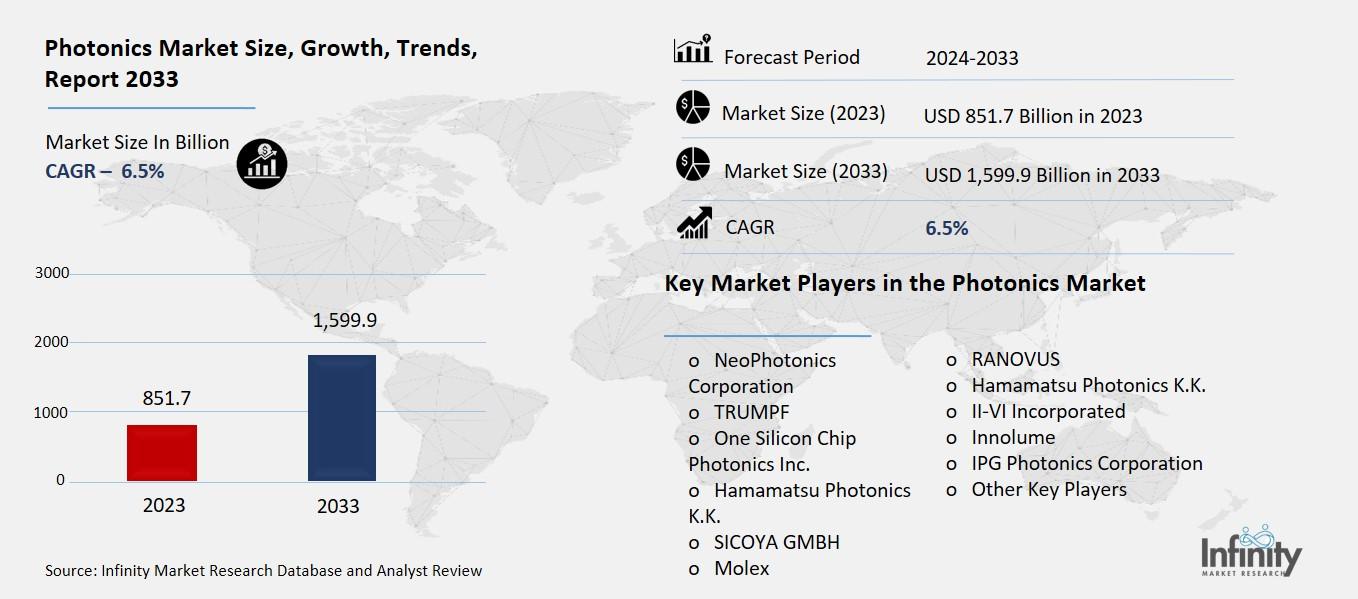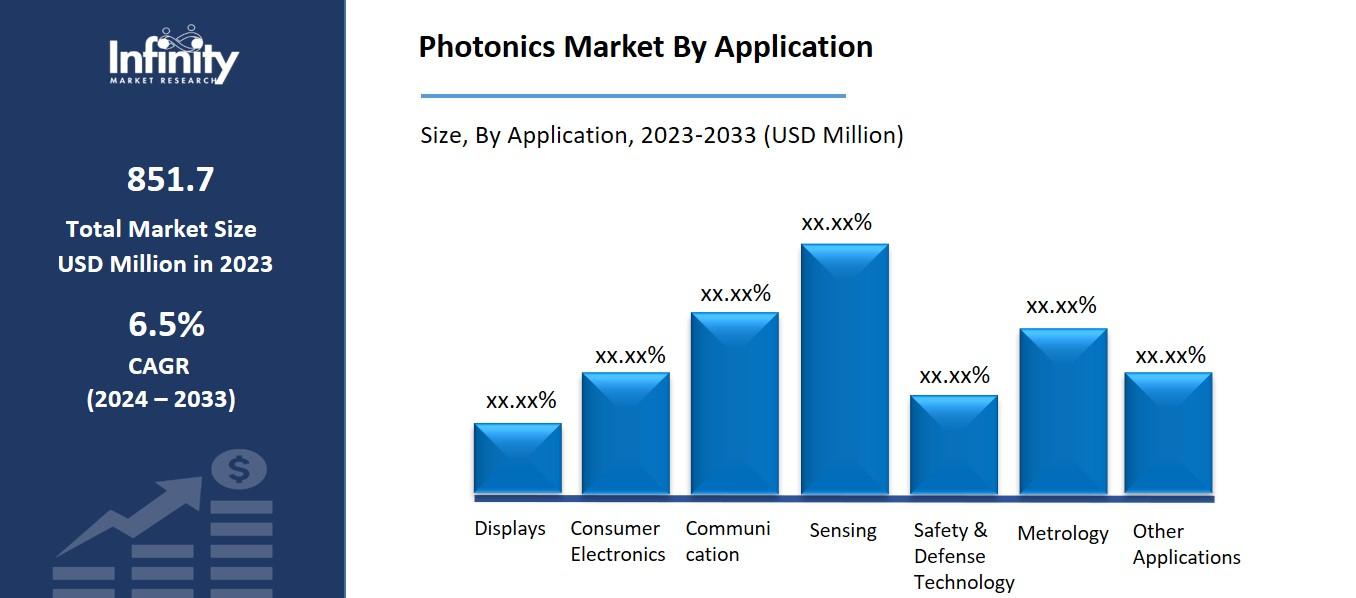
🔐 Secure Payment Guaranteed
Safe checkout with trusted global payment methods.
🌟 Why Choose Infinity Market Research?
At Infinity Market Research, we dont just deliver data — we deliver clarity, confidence, and competitive edge.
In a world driven by insights, we help businesses unlock the infinite potential of informed decisions.
Here why global brands, startups, and decision-makers choose us:
Industry-Centric Expertise
With deep domain knowledge across sectors — from healthcare and technology to manufacturing and consumer goods — our team delivers insights that matter.
Custom Research, Not Cookie-Cutter Reports
Every business is unique, and so are its challenges. Thats why we tailor our research to your specific goals, offering solutions that are actionable, relevant, and reliable.
Data You Can Trust
Our research methodology is rigorous, transparent, and validated at every step. We believe in delivering not just numbers, but numbers that drive real impact.
Client-Centric Approach
Your success is our priority. From first contact to final delivery, our team is responsive, collaborative, and committed to your goals — because you re more than a client; you re a partner.
Recent Reports
Global Myopia Control Lenses Market Report 2025-33
Hyaluronic Acid-based Dermal Fillers Market Report
Photonics Market
Global Photonics Market (By Product, Wavelength Division Multiplexer (WDM) Filters, Waveguides, Optical Interconnects, Optical Modulators, Photo Detectors, LEDs, and Other Products; By Application, Displays, Consumer Electronics, Communication, Sensing, Safety & Defense Technology, Metrology, and Other Applications; By Region and Companies), 2024-2033
Nov 2024
Chemicals and Materials
Pages: 138
ID: IMR1290
Photonics Market Overview
Global Photonics Market acquired the significant revenue of 851.7 Billion in 2023 and expected to be worth around USD 1,599.9 Billion by 2033 with the CAGR of 6.5% during the forecast period of 2024 to 2033. Photonics is a market that comprises many technologies and systems, all of which use light (photons) to create, process and capture information. This sector basically comprises of components such as lasers, sensors, optical fibers, imaging systems and can be widely used in the sectors including telecommunication, health, electronics goods and manufacturing.

There is growth in market due to the factors such as new entrants into the market, technological developments, need for enhanced and swift data transfer, and employment of photonic devices in health care applications. Furthermore, the objective of automation and smart technologies in automotive and industrial manufacturing, specifically LiDAR and machine vision system sectors, increases the application of photonic applications.
Drivers for the Photonics Market
Rising Demand for High-Speed Data Transmission
With the rise of internet and other digital communication facilities, there has been a growing need for higher bandwidth or else high speed data transmission, which has boosted the application of photonics technologies. Thus, a sharp increase in the world data consumption caused by such trends as streaming services, cloud computing, and IoT devices puts huge pressure on conventional copper-based transmission systems in terms of the necessary bandwidth and speed.
Photons, aiming at transmitting information through optical fibers, are evidently much more beneficial for achieving rapidly increasing data transfer rates over larger distances with comparatively low attenuation loss. It is especially essential for sustaining the backbone of Internet connectivity where latency requirements are relatively low while the bandwidth is high. Further, the transition to 5G and beyond networks necessitates an optimal photonic infrastructure that can cope with the enhanced traffic load.
Restraints for the Photonics Market
High Initial Investment
The high cost of advanced photonic technologies and systems poses a significant barrier for small and medium enterprises (SMEs), often limiting their ability to enter and compete in the photonics market. These technologies require substantial investment in research and development, specialized manufacturing processes, and sophisticated equipment, which can be financially daunting for smaller companies with limited resources. Additionally, the ongoing costs associated with maintaining and upgrading photonic systems further strain the budgets of SMEs. This financial burden may deter potential innovators from exploring photonic applications or force them to delay product development and market entry.
Opportunity in the Photonics Market
Development of Quantum Technologies
Advances in quantum photonics are opening up exciting new avenues for both research and commercial applications, particularly in the realms of quantum computing and secure communication. Quantum photonics leverages the principles of quantum mechanics to manipulate and control light at the quantum level, enabling the development of ultra-secure communication systems through techniques like quantum key distribution (QKD). This approach provides an unprecedented level of security, as it allows two parties to share encryption keys in a manner that is theoretically immune to eavesdropping.
Additionally, quantum photonics is a cornerstone of quantum computing, where quantum bits (qubits) can represent and process information in ways that classical bits cannot. Innovations in photonic qubits, such as those based on single photons or entangled states, are paving the way for faster and more powerful quantum processors, which could solve complex problems that are currently intractable for classical computers.
Trends for the Photonics Market
Integration of Photonics with Electronics
The convergence of photonics and electronics, often referred to as optoelectronics, is rapidly gaining traction and is fundamentally transforming the landscape of modern technology. This integration combines the best of both worlds using light (photons) for data transmission while harnessing electronic circuits for processing and control. As a result, optoelectronic devices are being developed that exhibit significantly improved speed and efficiency compared to their purely electronic counterparts.
For example, optoelectronic components such as light-emitting diodes (LEDs), photodetectors, and laser diodes enable high-speed data communication in applications ranging from telecommunications to consumer electronics.
Segments Covered in the Report
By Product
o Wavelength Division Multiplexer (WDM) Filters
o Waveguides
o Optical Interconnects
o Optical Modulators
o Photo Detectors
o LEDs
o Other Products
By Application
o Displays
o Consumer Electronics
o Communication
o Sensing
o Safety & Defense Technology
o Metrology
o Other Applications
Segment Analysis
By Product Analysis
On the basis of product, the market is divided into wavelength division multiplexer (WDM) filters, waveguides, optical interconnects, optical modulators, photo detectors, LEDs, and other products. Among these, wavelength division multiplexer (WDM) filters segment acquired the significant share around 28.1% in the market. Wavelength Division Multiplexing (WDM) technology allows multiple data streams to be transmitted simultaneously over a single optical fiber by utilizing different wavelengths of light. This capability significantly increases the capacity of existing fiber networks without requiring additional physical infrastructure, making it a cost-effective solution for service providers looking to expand their network capabilities.
By Application Analysis
On the basis of application, the market is divided into displays, consumer electronics, communication, sensing, safety & defense technology, metrology, and other applications. Among these, displays segment held the prominent share of the market due to the growing demand for high-resolution screens and advanced display technologies, such as OLED and microLED displays, which utilize photonics for improved color accuracy and energy efficiency. The proliferation of smart devices, including smartphones, tablets, televisions, and monitors, has significantly contributed to the growth of the displays segment. Consumers increasingly seek immersive visual experiences with vibrant colors and enhanced contrast ratios, driving manufacturers to invest in cutting-edge display technologies that rely on photonic principles.

Regional Analysis
North America Dominated the Market with the Highest Revenue Share
North America held the most of the share of 34.4% the market. The region is home to a robust technological ecosystem characterized by significant investments in research and development, innovation, and infrastructure. Major players in the photonics industry, including established companies and startups, leverage the region's advanced capabilities in optics, electronics, and materials science to develop cutting-edge photonic technologies.
Additionally, the presence of leading telecommunications companies and data centers in North America has spurred demand for high-performance optical components and systems, particularly in applications like data transmission and communication. The rapid growth of cloud computing, big data analytics, and IoT in this region has further intensified the need for efficient and high-capacity data solutions, driving the adoption of photonic technologies such as wavelength division multiplexers (WDM) and optical interconnects.
Competitive Analysis
The competitive analysis of the photonics market reveals a dynamic landscape characterized by a mix of established industry leaders and innovative startups. Major players such as Thorlabs, Coherent, and Hamamatsu Photonics dominate the market, leveraging their extensive experience, broad product portfolios, and strong R&D capabilities to maintain a competitive edge. These companies invest heavily in innovation, frequently introducing new technologies and solutions to meet the evolving demands of various applications, from telecommunications to healthcare.
Recent Developments
In March 2024, VLC Photonics, a member of the Hitachi group, partnered to provide design and testing services utilizing the OpenLight process design kit (PDK) for the creation of photonic integrated circuits (PICs).
In December 2022, SiLC Technologies, a California-based company specializing in advanced machine vision technology, introduced the Eyeonic Vision System, a Frequency Modulated Continuous Wave (FMCW) LiDAR transceiver.
Key Market Players in the Photonics Market
o NeoPhotonics Corporation
o TRUMPF
o One Silicon Chip Photonics Inc.
o Hamamatsu Photonics K.K.
o SICOYA GMBH
o Molex
o RANOVUS
o Hamamatsu Photonics K.K.
o II-VI Incorporated
o Innolume
o IPG Photonics Corporation
o Other Key Players
|
Report Features |
Description |
|
Market Size 2023 |
USD 851.7 Billion |
|
Market Size 2033 |
USD 1,599.9 Billion |
|
Compound Annual Growth Rate (CAGR) |
6.5% (2023-2033) |
|
Base Year |
2023 |
|
Market Forecast Period |
2024-2033 |
|
Historical Data |
2019-2022 |
|
Market Forecast Units |
Value (USD Billion) |
|
Report Coverage |
Revenue Forecast, Market Competitive Landscape, Growth Factors, and Trends |
|
Segments Covered |
By Product, Application, and Region |
|
Geographies Covered |
North America, Europe, Asia Pacific, and the Rest of the World |
|
Countries Covered |
The U.S., Canada, Germany, France, U.K, Italy, Spain, China, Japan, India, Australia, South Korea, and Brazil |
|
Key Companies Profiled |
NeoPhotonics Corporation, TRUMPF, One Silicon Chip Photonics Inc., Hamamatsu Photonics K.K., SICOYA GMBH, Molex, RANOVUS, Hamamatsu Photonics K.K., II-VI Incorporated, Innolume, IPG Photonics Corporation, and Other Key Players |
|
Key Market Opportunities |
Development of Quantum Technologies |
|
Key Market Dynamics |
Rising Demand for High-Speed Data Transmission |
📘 Frequently Asked Questions
1. Who are the key players in the Photonics Market?
Answer: NeoPhotonics Corporation, TRUMPF, One Silicon Chip Photonics Inc., Hamamatsu Photonics K.K., SICOYA GMBH, Molex, RANOVUS, Hamamatsu Photonics K.K., II-VI Incorporated, Innolume, IPG Photonics Corporation, and Other Key Players
2. How much is the Photonics Market in 2023?
Answer: The Photonics Market size was valued at USD 851.7 Billion in 2023.
3. What would be the forecast period in the Photonics Market?
Answer: The forecast period in the Photonics Market report is 2024-2033.
4. What is the growth rate of the Photonics Market?
Answer: Photonics Market is growing at a CAGR of 6.5% during the forecast period, from 2023 to 2033.


🔐 Secure Payment Guaranteed
Safe checkout with trusted global payment methods.
🌟 Why Choose Infinity Market Research?
- Accurate & Verified Data:Our insights are trusted by global brands and Fortune 500 companies.
- Complete Transparency:No hidden fees, locked content, or misleading claims — ever.
- 24/7 Analyst Support:Our expert team is always available to help you make smarter decisions.
- Instant Savings:Enjoy a flat $1000 OFF on every report.
- Fast & Reliable Delivery:Get your report delivered within 5 working days, guaranteed.
- Tailored Insights:Customized research that fits your industry and specific goals.




